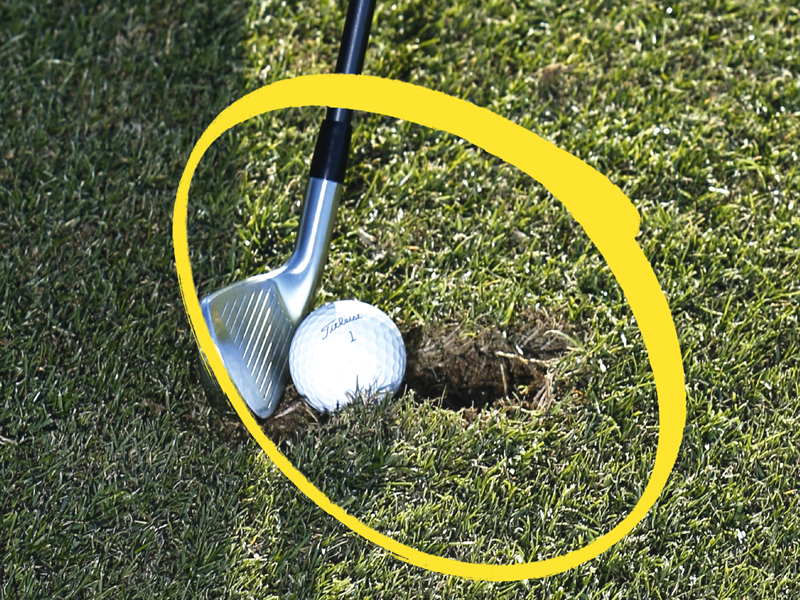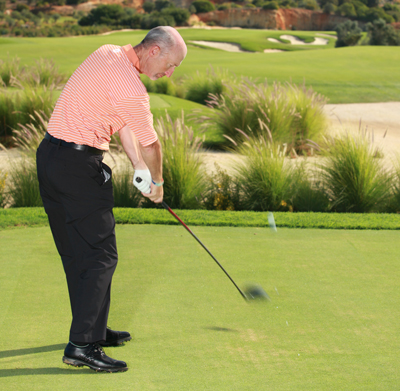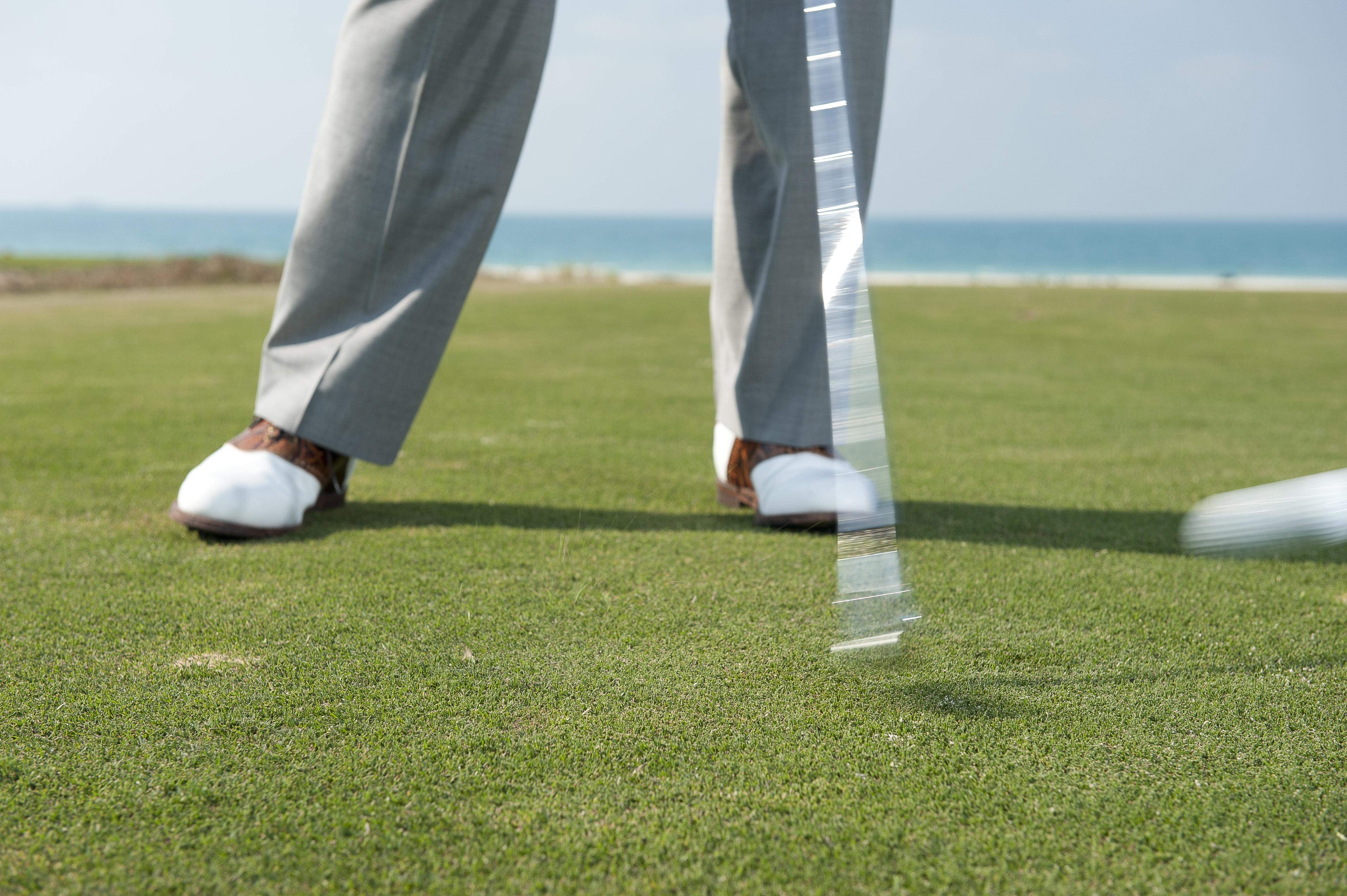Master the draw video
Golf Monthly Top 25 coach Barnet Puttick has some tips to help you stop slicing and master the draw for longer, straighter drives.


Golf Monthly Top 25 coach Barney Puttick has some tips to help you stop slicing and master the draw for longer, straighter drives.
Try these tips to master the draw if you suffer wit a strong fade or a slice, and you could do with a few extra yards off the tee.
Most amateurs who struggle with a weak fade or a slice, do so because of a weak move at the start of the downswing that causes them to come into the ball on too steep an angle.
The club attacks the ball from outside the ball-to-target line, the face remains open at impact and the result is a fade or a slice.
So I have a drill to help you get the club attacking the ball from a shallower path. From an inside path, you’ll be able to fully release your hands for a draw.
Move to the top of your backswing as normal and then start down, dropping your hands into the ideal position so the club find a shallower path.
Repeat this simple move from the top of the backswing a couple of times. As soon as you have a feel for the right move, hit the ball looking to replicate this transition from backswing to downswing.
Get the Golf Monthly Newsletter
Subscribe to the Golf Monthly newsletter to stay up to date with all the latest tour news, equipment news, reviews, head-to-heads and buyer’s guides from our team of experienced experts.
As long as you make a full release through the ball, you should be able to turn your fade into a draw.
Another good drill for this is to take your stance and then withdraw your right foot back by six inches (this will make your stance feel closed). This position automatically creates a flatter swing and a shallower angle of attack into the ball. as long as you release fully, closing the face through impact, you'll turn your fade into a soft draw.
Top tips
- A slice is often caused by a weak move at the beginning of the downswing.
- This causes the clubhead to arrive at the ball on too steep of an angle.
- With the club attacking the ball from outside the ball-to-target line, the face stats open through impact and imparts left-to-right spin on the ball causing the excessive shape.
- To hit a draw, you must attack the ball from a shallower, inside path to enable you to full release your hands for a draw.
- As long as you make a full, committed release through the ball, you should be able to turn your fade into a draw.

Tom Clarke joined Golf Monthly as a sub editor in 2009 being promoted to content editor in 2012 and then senior content editor in 2014, before becoming Sports Digital Editor for the Sport Vertical within Future in 2022. Tom currently looks after all the digital products that Golf Monthly produce including Strategy and Content Planning for the website and social media - Tom also assists the Cycling, Football, Rugby and Marine titles at Future. Tom plays off 16 and lists Augusta National (name drop), Old Head and Le Touessrok as the favourite courses he has played. Tom is an avid viewer of all golf content with a particularly in depth knowledge of the pro tour.
-
 Volvo China Open 2025 Picks, Odds And Predictions
Volvo China Open 2025 Picks, Odds And PredictionsFollowing a break for The Masters, the DP World Tour returns for the final two weeks of its Asian Swing and the Volvo China Open is the penultimate event
By Jonny Leighfield
-
 Rory McIlroy's Sports Psychologist Explains Why He 'Didn't Talk' To Bryson DeChambeau In Masters Final Round
Rory McIlroy's Sports Psychologist Explains Why He 'Didn't Talk' To Bryson DeChambeau In Masters Final RoundDeChambeau raised eyebrows at Augusta National when claiming that McIlroy wouldn't engage in conversation during the final round of The Masters
By Jonny Leighfield
-
 Playing from a divot video
Playing from a divot videoFollow these simple tips on playing from a divot by Golf Monthly Top 25 coach Barnet Puttick, and you'll start making birdies from poor lies.
By Thomas Patrick Clarke
-
 Overcoming first tee nerves
Overcoming first tee nervesGolf time: Golf Monthly Top 25 Coach Barney Putting explains how controlling your breathing and picking a target can help cure first-tee nerves
By Golf Monthly
-
 Why do I hit thin iron shots
Why do I hit thin iron shotsGolf Monthly top 25 coach Barney Puttick helps you stop thinning irons
By Lee Heaton